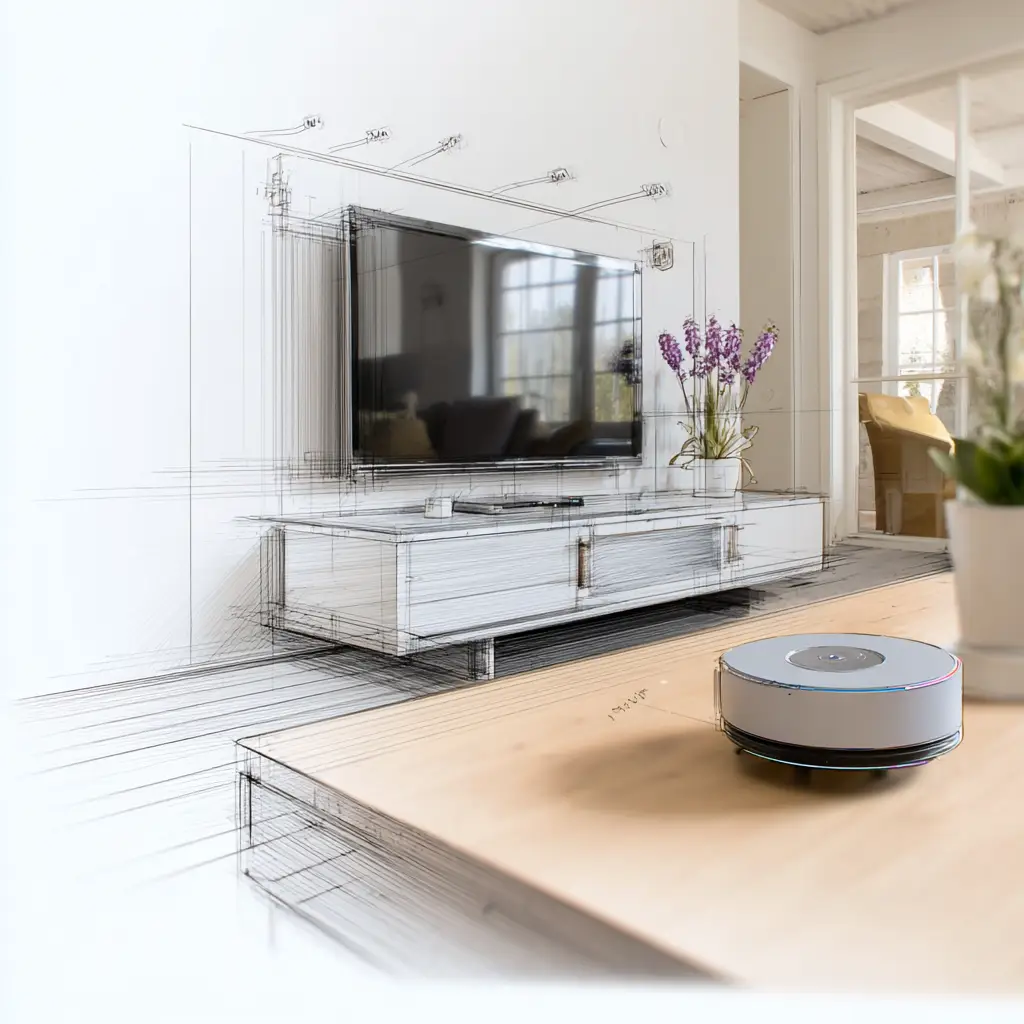When considering the brain for your Thinking Home, the options often seem to polarize: on one end, the powerful, open-source, and highly customizable Home Assistant for the dedicated DIY enthusiast; on the other, the mass-market, cloud-dependent ecosystems from tech giants like Amazon, Google, and Apple. However, there’s a vital middle ground for users who desire the privacy and reliability of local control but prefer a commercially supported, all-in-one appliance over a purely DIY software project.
These platforms represent different balances of polish, power, and price, each with its own set of trade-offs.
1. Hubitat Elevation: The Reliability Engine
Hubitat Elevation has built its identity on an uncompromising commitment to 100% local processing. This philosophy ensures maximum speed, reliability, and privacy, positioning it as an ideological cousin to Home Assistant but delivered as a dedicated, out-of-the-box appliance.
- Strengths: Celebrated for its exceptional speed and rock-solid reliability, especially with its powerful Rule Machine automation engine that allows for complex, local logic. Its latest C-8 Pro model features a faster processor and improved radios for better range. Its total cost of ownership is attractive, offering immense local processing power for a one-time hardware cost with no mandatory subscriptions for core functionality.
- Trade-offs: The most consistent complaint from users is its web-based user interface, often described as dated or clunky.
2. Homey Pro: The Polished All-in-One
Homey Pro, from the Dutch company Athom, is engineered for the power user who values their time and desires the versatility of an enthusiast system delivered in a polished, aesthetically pleasing package. Its philosophy aims to bridge the gap between complex DIY systems and overly simplistic consumer hubs.
- Strengths: Its standout feature is its eight integrated wireless radios, covering nearly every major protocol including Wi-Fi, Bluetooth LE, Zigbee, Z-Wave, 433MHz, Infrared, Matter, and Thread in a single, sleek device. Its Homey Flow and Advanced Flow automation editors are graphically intuitive and highly praised for their visual, card-based approach.
- Trade-offs: The primary barrier is its higher cost ($399). Some advanced users note that device support can be superficial, not always exposing all features. Additionally, the powerful Advanced Flow editor currently requires an internet connection to access and edit flows, even if the flows run locally.
A Note on Corporate Walled Gardens
While these commercial local-first hubs are ideal, the mass market is still dominated by platforms like Apple Home, Amazon Echo, and Google Home. These systems prioritize convenience and ease of use, but often at the cost of flexibility, user ownership, and privacy, with business models often centered on data collection. Even with the adoption of the Matter standard, which promises more local communication, the hubs themselves may still require a cloud connection for authentication or complex routines. For a Thinking Home, these platforms are often best understood as powerful voice-control front-ends that can be integrated into a truly locally controlled system like Home Assistant.
The choice between Hubitat and Homey reveals a fundamental trade-off: do you prioritize a famously reliable, no-frills engine (Hubitat) or a beautiful, intuitive interface with extensive radio support (Homey)? This decision is a fundamental act of Intelligent Sovereignty, dictating the limits of your control.
For a comprehensive comparison of these and other smart home platforms, including detailed specifications and a feature matrix, consult Appendix D: Smart Home Hub Comparison in The Thinking Home.

